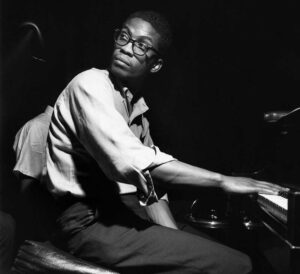Legendary jazz pianist Herbie Hancock earned the nickname Mwandishi meaning ‘the composer’, and right from the start of his storied career, he proved it was an apt moniker. We take a look at his early albums as a bandleader through the 1960s, and select five songs that showcase his harmonic genius in full effect.
Watermelon Man
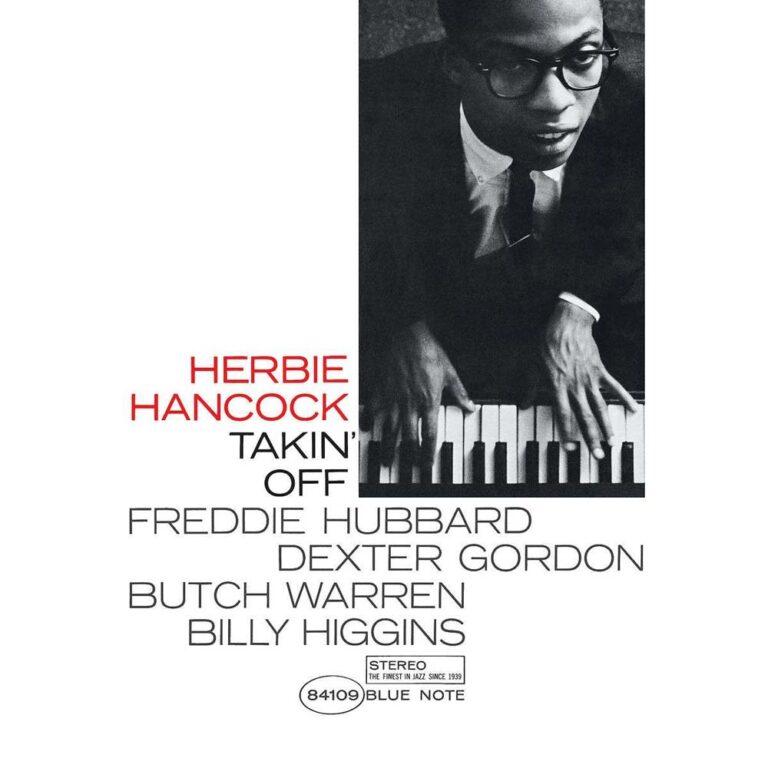
HERBIE HANCOCK Takin' Off LP (Blue Note Classic Vinyl Edition)
Available to purchase from our US store.Perhaps Herbie Hancock’s most enduring and well-known composition, “Watermelon Man” was also his very first. Recorded back in 1962 for his debut solo album “Takin’ Off” on Blue Note, Herbie took inspiration from his childhood in 1940s Chicago. The laid-back groove of “Watermelon Man” came from the rhythm of horse-drawn carts being driven through cobbled streets, while the melody was interpolated from women calling out after the watermelon seller. Shortly after, Cuban conguero Mongo Santamaria added a 0rhythm for a version on his own album, and the fusion of Afro-Cuban rhythm and jazz blues proved to be a commercial and critical success.
Hancock also recorded a later version with his Headhunters band, stripping the melody down to an iconic funk beat which subsequently became part of hip-hop lexicon, sampled by countless artists throughout the 1990s and beyond.
Mimosa
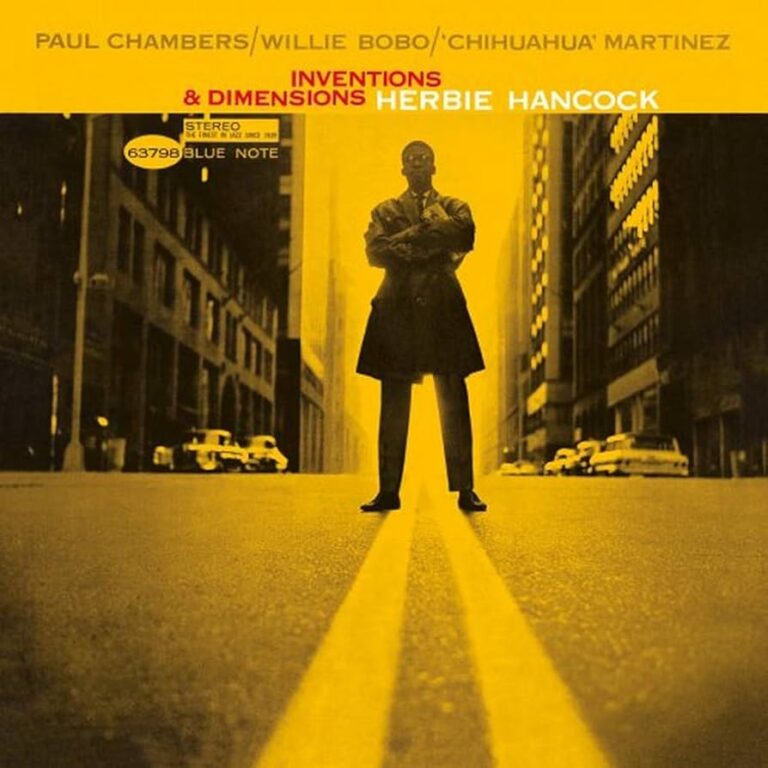
HERBIE HANCOCK Inventions & Dimensions
Available to purchase from our US store.Hancock’s third album “Inventions and Dimensions” was at the time the most freeform session the bandleader had recorded, and brought together two themes Hancock had been carefully considering: rhythm and freedom.
The track “Mimosa” captures this duality beautifully, opening with a chord progression that sounds disconnected, before it’s anchored by Paul Chambers’ loping bass figure and the latin percussion of Willie Bobo and Chihuahua Martinez. Hancock had also been working with Eric Dolphy, and the experience had opened his eyes to the possibility of more spontaneity when composing and recording. While the music is loose and spacious, there’s a certain logic to the harmonic progression – which Hancock had worked on with Miles Davis. “Mimosa” and “Inventions and Dimensions” marked a conscious step by Hancock to continue his explorations into the groove, while probing for freer harmonic motion.
Cantaloupe Island
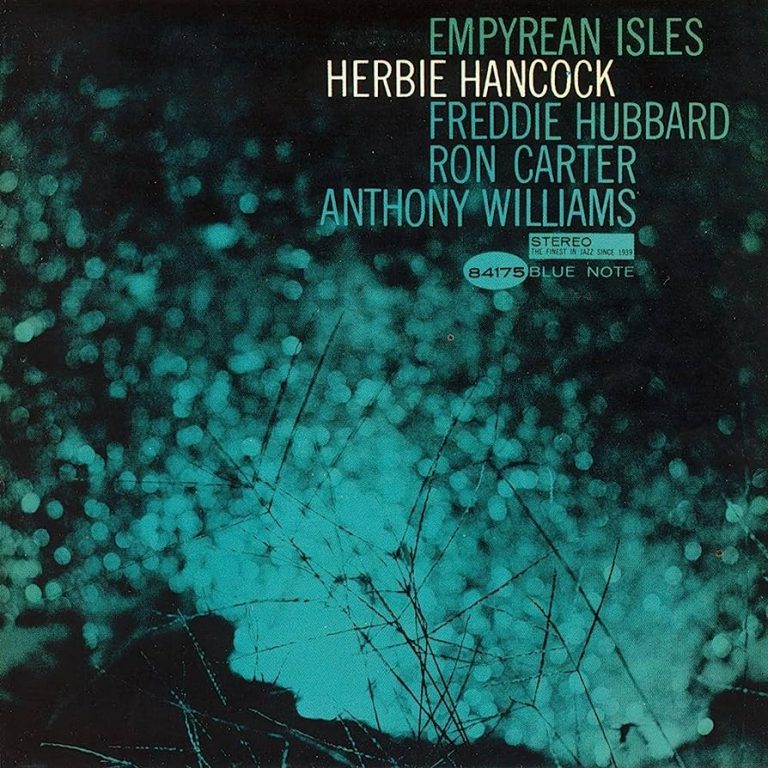
HERBIE HANCOCK Empyrean Isles
Available to purchase from our US store.By the mid-1960s Hancock was in his mid-20s and enjoying jazz superstar status as a member of Miles Davis’ second great quintet and as a bandleader in his own right. But while he experimented with hard bop and nods to the avant-garde, it was another slice of soul jazz in the form of “Cantaloupe Island” that took much of the limelight when it was recorded in 1964.
Featured originally on Hancock’s fourth solo album “Empyrean Isles”, the bluesy vamp of “Cantaloupe Island” stands out from the other modal compositions. But it still offers plenty of scope for trumpeter Freddie Hubbard and Hancock himself to improvise, which they do with restraint and elegance, probing the structure rather than dismantling it. “Cantaloupe Island” went on to be covered by many of Hancock’s contemporaries, as well as being sampled by UK group US3 in the early 1990s, at perhaps the peak of the jazz hip-hop era.
Maiden Voyage
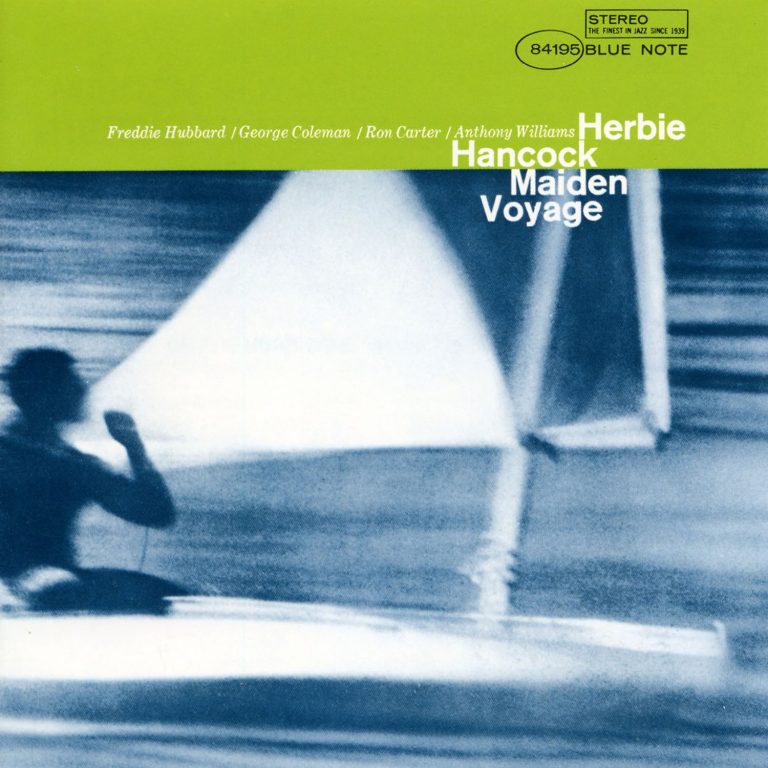
HERBIE HANCOCK Maiden Voyage
Available to purchase from our US store.In 1964 Hancock came up with the now iconic rhythmic figure of “Maiden Voyage” on the plane while sitting next to Wayne Shorter, and he wrote it down on a napkin which he subsequently lost. But it didn’t matter – some weeks later he recorded it with fellow members of Miles Davis’ rhythm section, bassist Ron Carter and teenage drummer Tony Williams.
The floating feel of the composition is further augmented by its harmonic progression, which avoids returning to a home key and is left to circle unmoored around its implied centre. “Maiden Voyage” became an instant standard, and its meditative quality stood out from other brasher, more in-your-face jazz at the time. It marked Hancock not only as a visionary pianist and composer, but also as a singular musician who was not afraid to think outside the box and go against the run of the crowd.
The Sorcerer
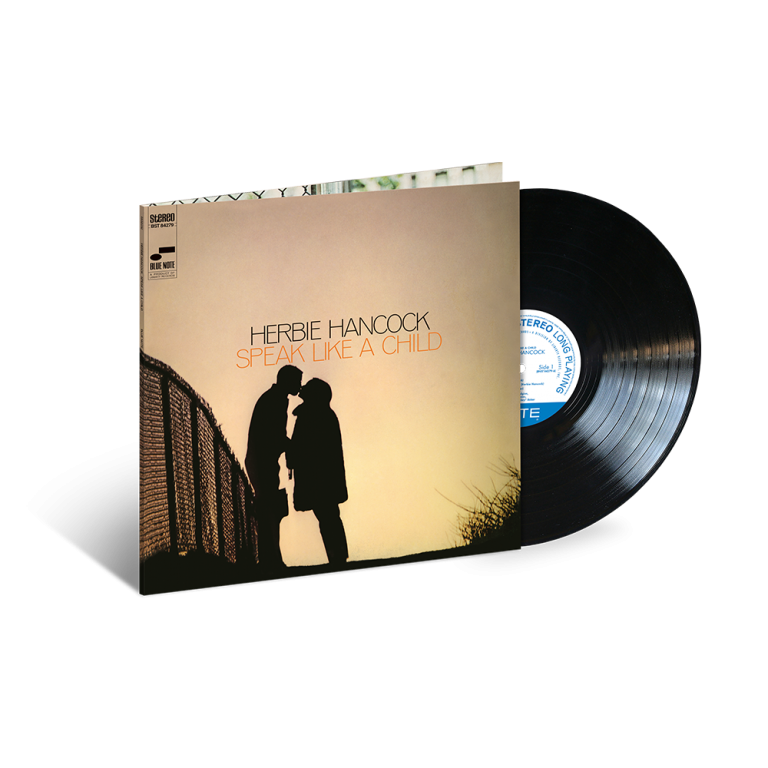
HERBIE HANCOCK Speak Like a Child
Available to purchase from our US store.For his 1968 album “Speak Like A Child”, Hancock assembled an unusual sextet that utilized alto flute, bass trombone and flugelhorn, and eschewed group solos for dreamy tonal colours in the vein of Gil Evans.
The composition “The Sorcerer” concludes the album and was coined after Hancock’s nickname for Miles Davis. In contrast to the rest of “Speak Like A Child”, Hancock’s version of “The Sorcerer” is pared back to just the trio, and slowed down to allow Hancock maximum space to run blistering solos and lay down a version that Davis no doubt approved of. Hancock’s maxim of allowing more purity and child-like spontaneity is on full display, and proved once again that despite his pioneering spirit, Hancock and the band could always be counted on to deliver a hard-swinging post-bop masterpiece.
Read on…Joinin’ the Bops – Post Bop
Max Cole is a writer and music enthusiast based in Düsseldorf, who has written for record labels and magazines such as Straight No Chaser, Kindred Spirits, Rush Hour, South of North, International Feel and the Red Bull Music Academy.
Header image: Herbie Hancock. Photo: Francis Wolff / Blue Note Records.


